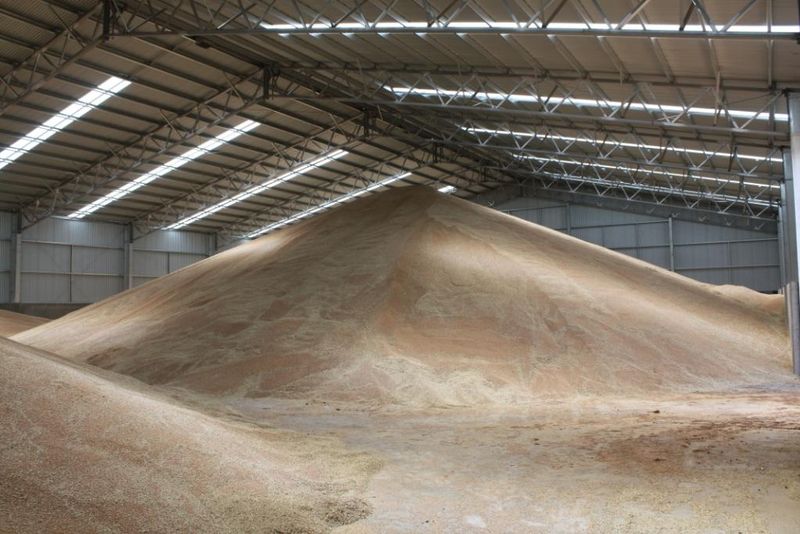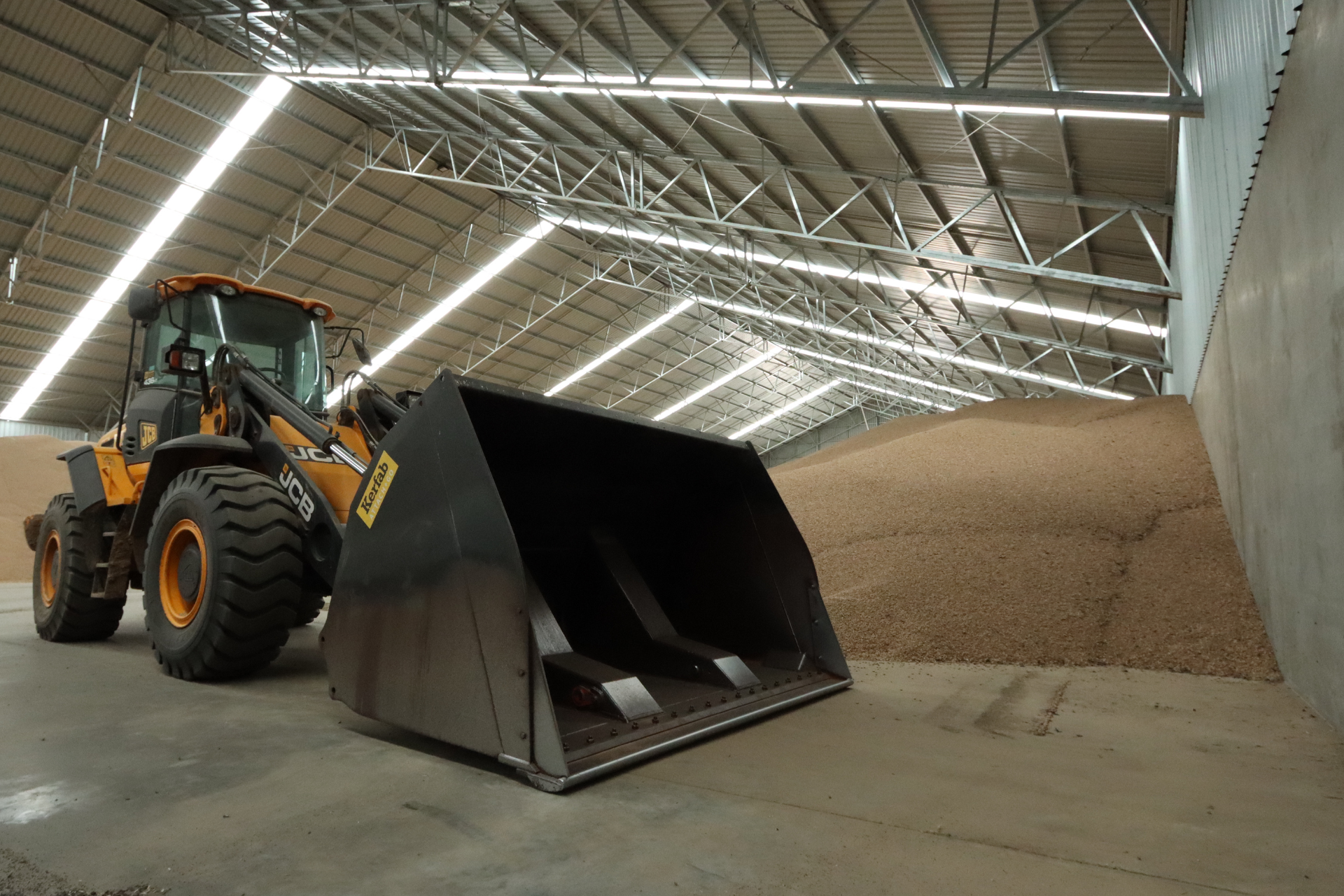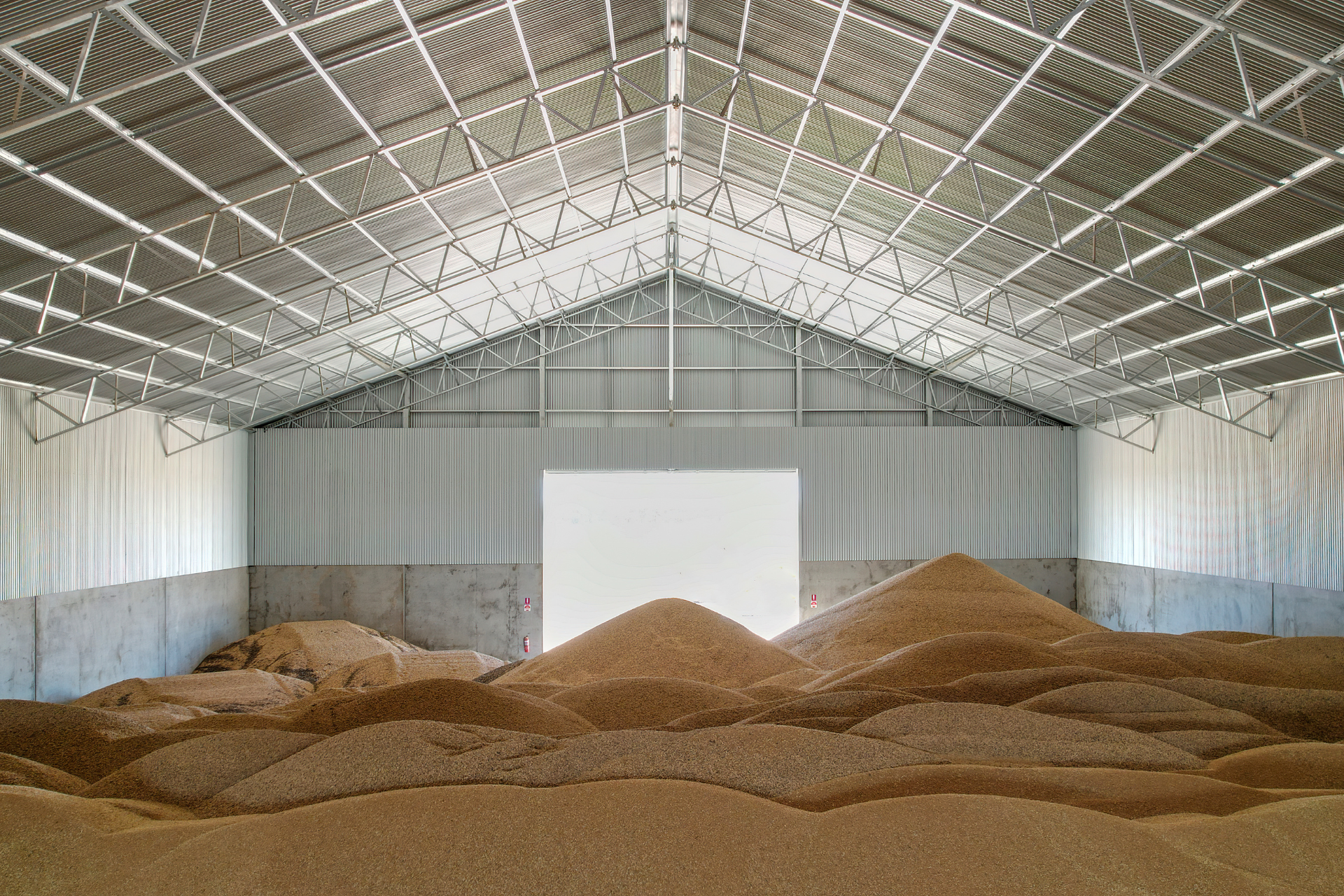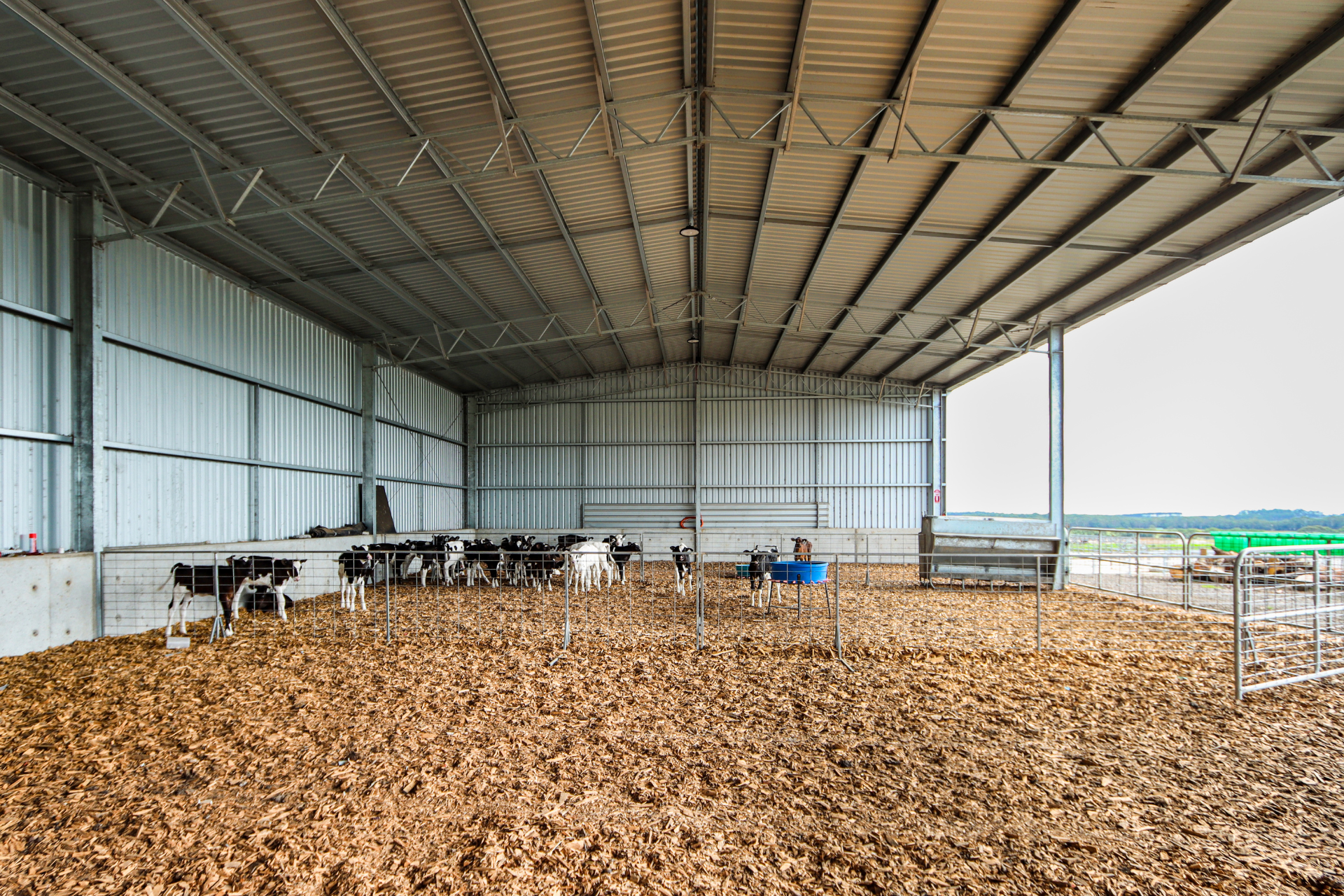A grain storage shed is a cost-effective solution for storing large quantities of grain and can become an important part of your on-farm storage set-up – including helping harvest logistics run smoothly.

Having good on-farm grain storage also helps growers adapt to industry and market changes, however, safety must be the highest priority.
Hazards & Risks
It is important to regularly review your grain storage to identify hazards, assess risk and keep your farm safe.
Some of the hazards to monitor include:
- Chemicals
- Contamination and pests
- Grain dust
- Machinery and mechanical hazards
- Poorly planned sites
Safe Storage
Here are some recommendations to help you remove hazards, minimise risk and help you safely store grain in your shed:
Chemicals
Comply with the chemical regulations in your state and educate workers on using fumigants and chemicals correctly – always follow safety instructions on the label! You can learn more about safe chemical storage in our article: How To Safely Store Chemicals
Planning for the future
For your grain shed project, choose a site that is clear of trees and other infrastructure. This makes expanding your operations easier in the future and eliminates the difficulty of manoeuvring machinery in tight or congested spaces.
Plan for your current and future storage capacity requirements as this prevents overfilling the sheds.
Site location and logistics
A site that is cramped, has poor access and lacks good drainage is not only frustrating but unsafe.
A few site design and planning tips to keep in mind:
– A level site is best for moving trucks, augers and machinery – but good drainage is needed to avoid a wet and boggy site.
– Allow safe access into and out of the site, particularly when using public roads. A continuous loop road around the grain storage site is a safe option as it minimises machinery collisions and accidents – and improves logistics.
– Locate the storage site away from houses or work areas that will be affected by the dust and noise.
Powerlines
Locate the site away from overhead powerlines – or ideally place power underground.
Storage hygiene
One of the advantages of a grain shed is that it can also be used for storing machinery or other produce, however, this does mean that a high-level of hygiene is required.
A concrete floor in your grain shed makes sweeping and clean-up quicker and easier – it is important to make sure no other produce or old grain remains before storing the latest harvest. A concrete floor also acts as a moisture barrier and helps protect the grain quality.
Grain storage shed design
Choose a grain shed size and design that is safe and practical for the volume of grain being stored.
Talk to our building consultants about grain shed designs and how they can be built to make filling and unloading easier and safer.







